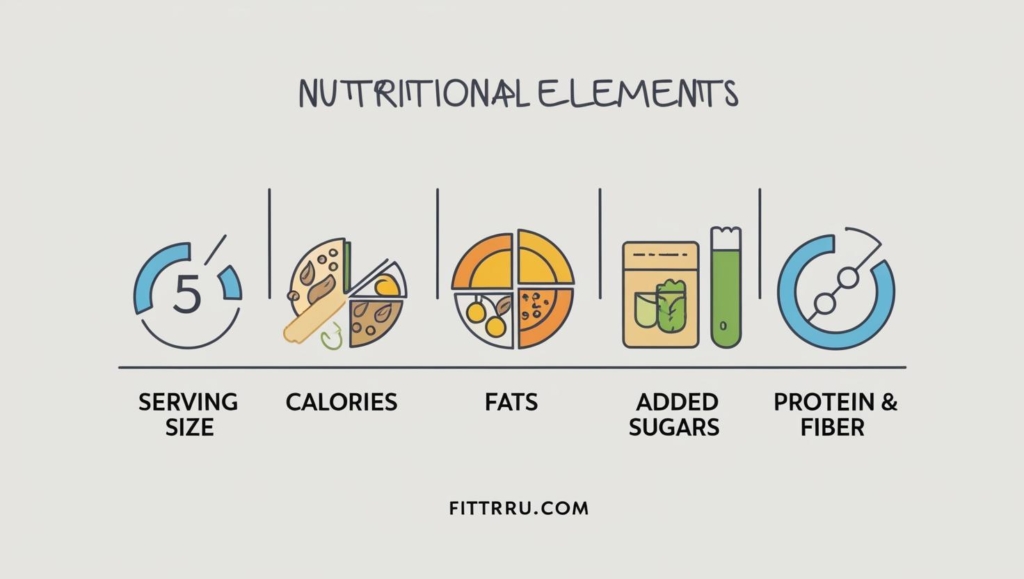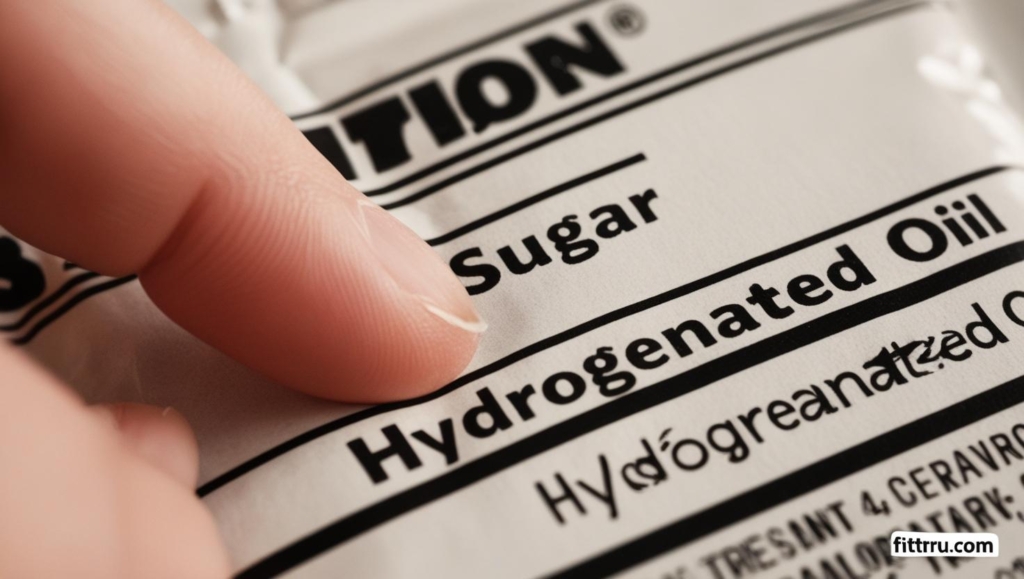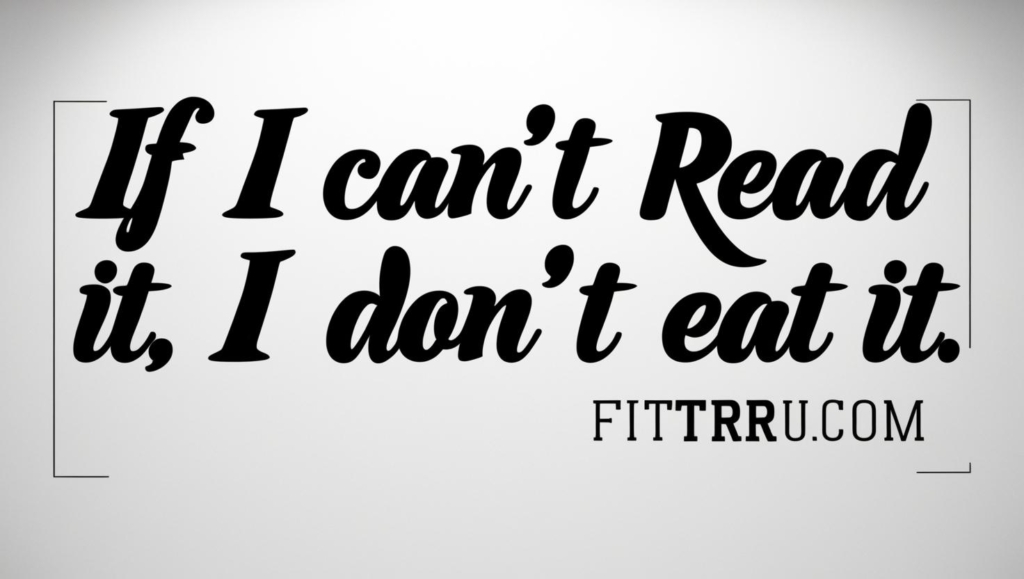Ever feel like food labels are written in a secret code?
You’re not alone. But once you crack the code, you gain serious power over your health and weight loss journey. Today, let’s walk through the art (yes, it’s an art!) of reading food labels like a true wellness warrior.
Why Food Labels Matter
If you’re serious about losing weight or simply staying healthy, guesswork won’t cut it.
Food labels are your cheat sheet — they tell you exactly what you’re putting in your body. Mastering them means you’re no longer a passenger; you’re driving your own results.
Think of it this way: Every bite you take is either fueling your goals or fighting them.
Labels help you choose wisely.
The Big 5 to Check First

When you pick up a package, your eyes might dart around — calorie counts, fancy buzzwords (“all natural,” “zero sugar”), flashy colors. Ignore the noise.
Start with The Big 5:
1. Serving Size
Before anything else, lock in on the serving size.
It’s sneaky — that bag of “healthy” chips might list 150 calories per serving, but the bag contains three servings.
👉 Always ask: “How much am I really eating?”
2. Calories Per Serving
Calories are not the enemy — they’re energy.
But for weight loss, you need to spend your daily “energy budget” wisely.
👉 If the calories per serving seem high for a small amount of food, it might not be worth it.
3. Total Fat (and What Kind)
- Good fats (like from nuts, avocado, olive oil)? Thumbs up.
- Bad fats (like trans fats and lots of saturated fats)? Red flag.
👉 Pro Tip: If you see hydrogenated oil anywhere, put it back on the shelf. Your heart will thank you.
4. Added Sugars
Added sugar is the silent saboteur of weight loss.
Even “healthy” foods can be sugar bombs in disguise.
👉 Look for foods with less than 5g of added sugar per serving whenever possible.
5. Protein and Fiber
Protein and fiber are your best friends. They keep you full, steady your energy, and help you burn more calories.
👉 Target snacks or meals with a good hit of protein (10g+ per serving) and fiber (at least 3g+ per serving).
The Ingredients List: Where Truth Hides

The front of the package is marketing.
The ingredients list is truth.
- Short list = good.
- Ingredients you recognize = great.
- Sugar or syrup in the top 3 ingredients = bad news.
👉 Golden rule: If it sounds like a chemistry experiment, it probably isn’t great for your body.
Red Flags That Should Make You Think Twice

- Words like “refined”, “hydrogenated”, “enriched” = heavily processed.
- Long lists of artificial colors, flavors, preservatives.
- Zero fat or zero sugar often means “loaded with chemicals.”
👉 Health isn’t about extremes. It’s about smart choices, consistently made.
Practical Tips to Master Label Reading
- Practice once a week. Pick a few foods you normally buy, and spend 5 minutes reading their labels closely.
- Use the 5/20 Rule. 5% Daily Value = low; 20% = high. Good for fiber, bad for sodium.
- Compare brands. Two brands of the same item (like yogurt) can have wildly different nutrition facts.
👉 A few smart swaps could save you hundreds of calories a week without you even noticing.
Final Word: You Are the CEO of Your Body

Learning to read food labels isn’t just a “nice to have.”
It’s a life skill.
Like learning to budget your money or manage your time, food label literacy sets you free.
You deserve to be the boss of your health.
You deserve to know what’s going into your body.
And you deserve results that last a lifetime — not just for a season.
So today, make this your new mantra:
“If I can’t read it, I don’t eat it.”
Stay curious, stay strong, and keep leveling up. 🚀
Your future self is cheering for you already.






